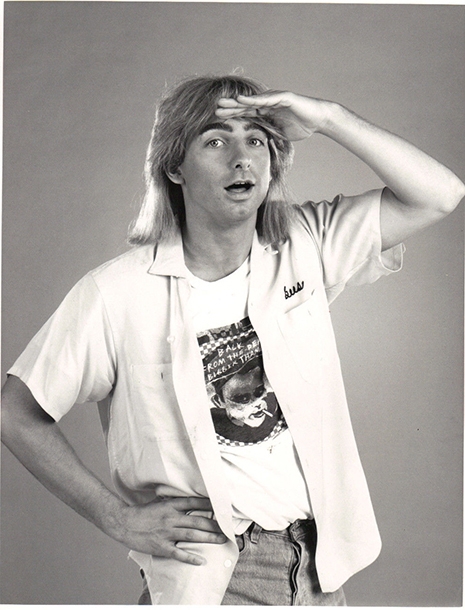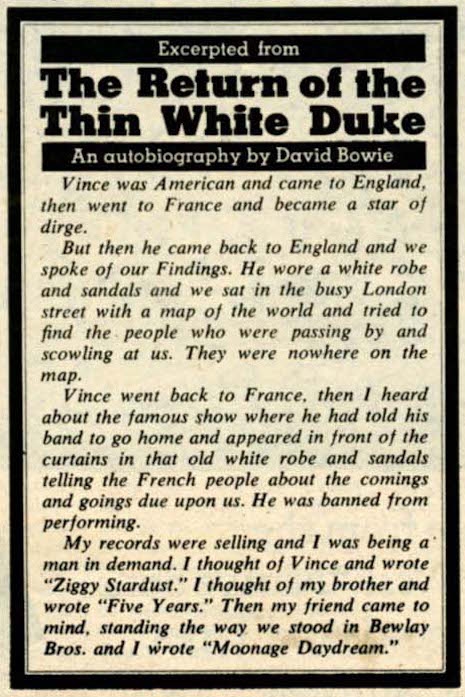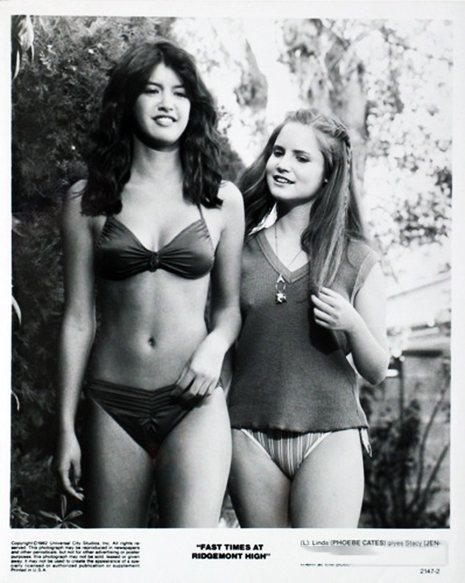
Fast Times at Ridgemont High is one of those special films that manages to capture the zeitgeist—at least from an American youth culture perspective—of an entire decade. Amy Heckerling’s 1982 film is as much a time-capsule of the fashion, music, speech, and cultural climate of the 1980s as her 1995 film Clueless is of the 1990s.
Future generations studying teenage culture in the second half of the 20th Century would be well-served in absorbing the gist by putting those two movies on a playlist with Rebel Without a Cause, American Graffiti, To Sir With Love, Animal House, and Dazed and Confused.

That just about covers the ‘80s.
The importance of Fast Times At Ridgemont High as a document should not be understated, but it’s the characters that make it truly memorable. The characters are all based on real teenagers observed by Cameron Crowe while freelance reporting for Rolling Stone.
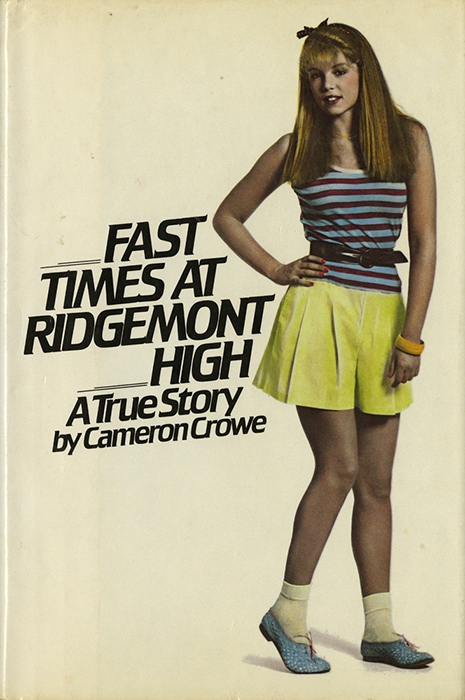
With the cooperation of the school’s administration, Crowe spent a year at Clairemont High School in San Diego, California, as a “student,” gathering material for his 1981 book Fast Times at Ridgemont High, which was produced the following year as Amy Heckerling’s film of the same name. The film resonated with audiences because of its honest and non-exploitative explorations into teenage drug use, sexuality, and social milieu, with relatable characters and just enough comedic flourishes to keep it entertaining without being screwball.
What a lot of fans of the film are unaware of is the fact that it was spun-off four years later into a CBS television show called Fast Times.

Oh yeah, and here’s the thing: the show was actually pretty damn good.
Fast Times was a mid-season replacement show that only lasted for seven episodes before cancellation. It debuted on March 5th, 1986 and ran through April 23rd, 1986. Cameron Crowe was a creative consultant for the show and was on set during the filming of the show’s pilot, which was broadcast as the second episode. Amy Heckerling was a supervising producer of the short-lived series and served as director for three episodes (“Pilot,” “What is Life,” and “The Last Laugh”).
All of the major characters from the film appear in the show, with the addition of a new-agey female teacher, Ms. Mellon, who may have been based on Mrs. George from Cameron Crowe’s original book.
Ray Walston and Vincent Schiavelli reprise their roles from the original film as Mr. Hand and Mr. Vargas. The other characters are played by new actors, some of whom are sort of second-rate versions of the stars from the original film. Grey’s Anatomy‘s Patrick Dempsey plays the Mike Damone character, but is a bit too nerdy to fill slickster Robert Romanus’ shoes (though he was honestly more age-appropriate for the role). James Nadini’s Brad Hamilton (played in the film by Judge Reinhold) comes off as a bit too wimpy for the “big man on campus” character (particularly in scenes where he needs to appear intimidating to Damone). Dean Cameron, perhaps best known as “Chainsaw” from Summer School does an adequate job of filling the Vans of Sean Penn’s Jeff Spicoli character, perhaps adding a bit of sympathy to the stoner. The real stars here are Back To The Future‘s Claudia Wells as Linda Barrett (played by 80s mega-crush Phoebe Cates in the original film), and Courtney Thorne-Smith (Melrose Place, Ally McBeal) as Stacey Hamilton. Thorne-Smith’s excellent performance rivals that of Jennifer Jason-Leigh in the original film.
Dean “Chainsaw” Cameron as Jeff Spicoli
What’s most remarkable about Fast Times is how watchable it is today compared to most mid-80s situation comedies. It does a fine job of capturing the vibe of the 1982 film. Many of the cut-away shots used in some of the episodes look like they could have been out-takes from the original motion picture. The writing is impressive, there’s no obtrusive laugh-track, the situations are believable and are logical extensions of the world created in Heckerling’s original film, and, most importantly, it’s entertaining.
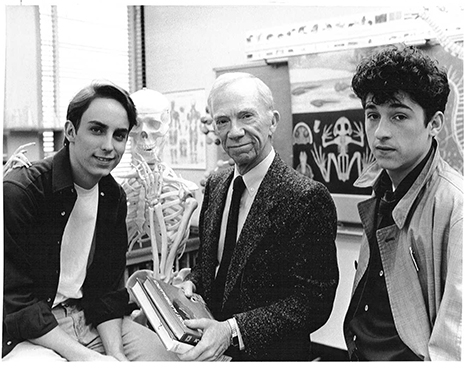
One can’t help but watch Fast Times and imagine the scenes in the show as performed by the original film’s actors. Perhaps if the show had debuted in 1983 instead of 1986, it could have been a hit. The entire series run is highly worth watching. Or, if you’re like Jeff Spicoli, worth watching highly.
All seven episodes are up, for now at least, on YouTube. Watch ‘em after the jump…







